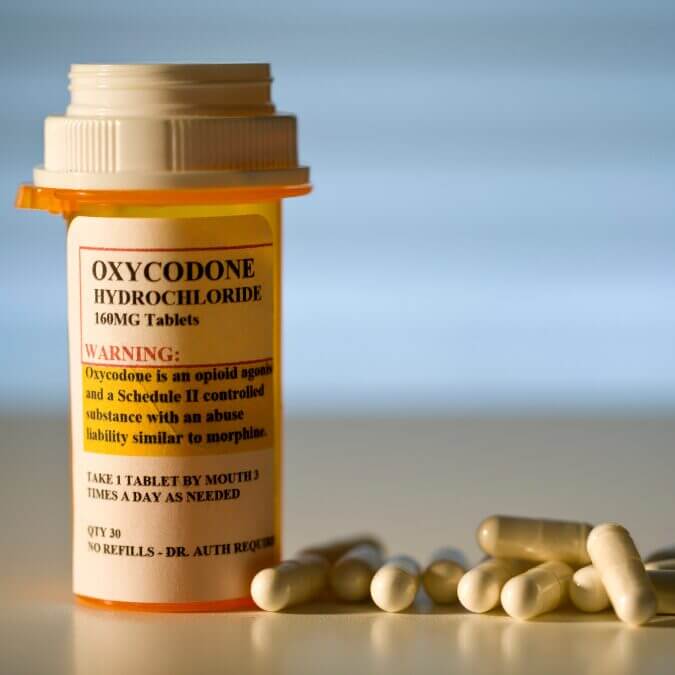Health officials and parents have become increasingly worried as teens and young adults have taken up vaping. While these electronic devices were initially embraced as a smokeless alternative for individuals wishing to stop smoking cigarettes, they have since become popular with young people as an entryway into substance use.
At first, vaping appeared to be harmless. Instead of inhaling known carcinogens related to tobacco smoke, vape users inhale vaporized liquids via an electronic device. It wasn’t long, however, before injuries associated with vaping began to emerge, including dozens of deaths.
What is vaping?
Vaping involves a battery-operated device that heats up whichever liquid product it is filled with. This heating action creates an aerosol, which is then inhaled. People who vape will also exhale large plumes of visible vapor when using these devices.
The flavored products used in vaping contain either nicotine or tetrahydrocannabinol (THC), the active ingredient in cannabis. One major concern is that vaping products are contributing to addiction to nicotine or cannabis, or both substances.
How is vaping dangerous?
While vaping may indeed be effective as a smoking cessation tool used to mitigate harm from tobacco, it has introduced some dangers of its own. Consider these known dangers of vaping:
- Introduces young people to nicotine. Youth who would otherwise not be interested in smoking cigarettes are attracted to the vaping trend popular among their peers. In fact, about 30% of high school seniors reported having engaged in vaping in the last month. Flavored vaping products make ingesting nicotine more pleasurable than smoking, possibly resulting in teen nicotine addiction, as well as harm to the developing teen brain.
- Damages the cardiovascular system and lungs. Mounting evidence shows the adverse effects of vaping on the heart, including a significant increase in heart attacks among individuals who vape regularly. In addition, the lungs are damaged by repeated exposure to an unknown cocktail of about 7,000 chemicals which may be present in unregulated vaping products.
- Exposes users to potent THC byproducts. Along with the ongoing legalization of cannabis has come a rise in prevalence of THC oils used in vaping. These products not only cause psychoactive effects, but also expose the individual to additives such as vitamin E acetate. This thickening agent is associated with the EVALI lung disease, which has caused serious lung injury and death in recent years.
- Expels toxins in aerosols. There have been multiple studies conducted on the emissions of e-cigarettes when exhaled, which is akin to the “secondhand smoke” produced by cigarettes. Studies have revealed that the aerosols from vaping contain potentially harmful metals, carbonyls, nicotine, organic volatile compounds and particulate matter.
The dangers of nicotine addiction
In addition to the above risks associated with vaping, nicotine in any delivery format is a highly addictive substance.
Nicotine use causes a surge of endorphins to be released that trigger the reward center of the brain. Increased levels of dopamine, the “feel good” neurotransmitter, cause the brain to reinforce vaping behavior. The effects of nicotine, such as brief euphoria, dissipate quickly, leading to repeated use.
Common signs of nicotine addiction include:
- Nicotine cravings
- Needing to smoke or vape more often to feel satisfied
- Having a desire to quit, but being unable to do so
- Continuing nicotine use despite negative consequences
- Experiencing withdrawal symptoms when nicotine is withheld
Once the body has become accustomed to the usual daily intake of nicotine, withdrawal symptoms emerge during attempts to cut back or quit vaping or smoking. This pattern results in physical and psychological dependence.
Vaping presents a growing challenge, as use of nicotine or THC vape products continues to risee in popularity among both teens and adults. Understanding the potential health risks of vaping may help reverse this trend.
Ashley Addiction Treatment, formerly Father Martin’s Ashley, is a nationally recognized nonprofit leader in integrated, evidence-based treatment for substance use disorders. Our programs are accredited by The Joint Commission, and result in frequent publications of ongoing research into effective treatment methodologies. We offer holistic care that encompasses the mind, body and spirit through inpatient and outpatient treatment, provide drug detox, relapse prevention plans, family wellness programs and a variety of other services tailored to each patient’s unique needs. Our driving principle — “everything for recovery” — reinforces our mission to transform and save lives through the science of medicine, the art of therapy and the compassion of spirituality, and is complemented by our philosophy of healing with respect and dignity. For information about our comprehensive programs, please call 866-313-6307.




